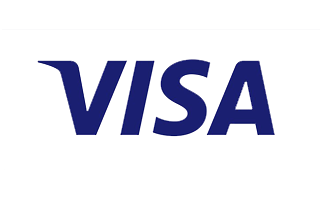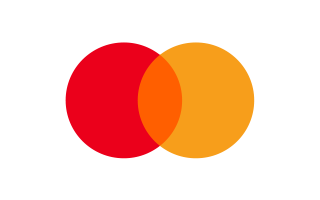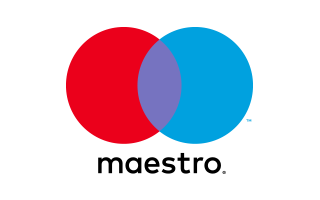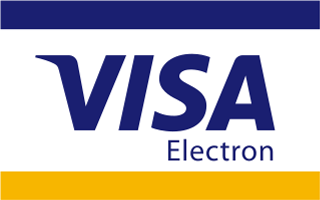Understanding Curly Hair Types: Wavy Hair Vs. Curly Hair
In essence, hair textures can broadly be classified into four categories: straight, wavy, curly, and coily, each with its subtypes. These subtypes, specified by the numeric and alphabetic gradation system ranging from 1a to 4c, are distinguished by the shape and pattern of the hair strand. This system, while not exhaustive or perfect, provides a useful way to understand and describe different hair types.
Today, we are going to delve into the world of waves and curls, exploring the distinct subtypes of wavy hair (2a, 2b, 2c) and curly hair (3a, 3b, 3c, 4a, 4b, 4c). By the end of this article, you will possess the necessary knowledge to discern the subtle disparities among various hair types, enabling you to accurately identify your own unique hair pattern. Understanding your hair type is the first step towards providing it the best care possible, thereby ensuring it is always at its healthiest and most radiant. So, let's start this fascinating journey through the labyrinth of curls and waves.
Understanding Hair Type System: Wavy and Curly Hair
Hair typing is a classification system that gives a general understanding of various hair textures, helping individuals identify and care for their unique hair type. It is a useful guide that aids in understanding your hair’s pattern, structure, and needs. This system, originally proposed by Oprah's hairstylist, Andre Walker, categorizes hair types based on the natural curl pattern, from straight hair (type 1) to coily hair (type 4).
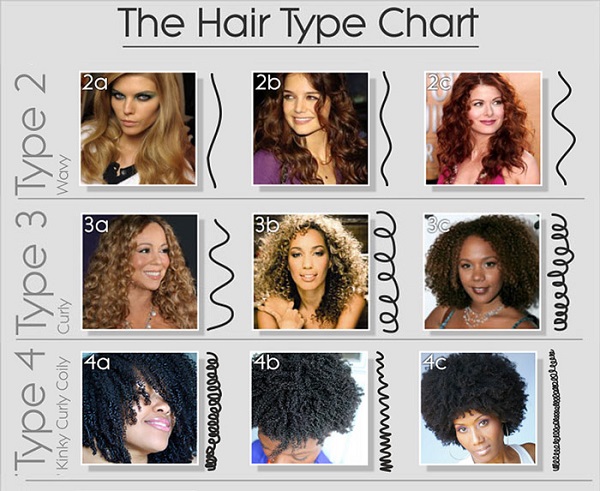
However, today we'll focus on types 2 to 4, which represent the wavy to curly spectrum of hair. Here's a brief overview:
Wavy Hair (Type 2): This type of hair straddles the line between straight and curly hair and is generally characterized by its S-shaped pattern. It is further divided into three subcategories:
- Type 2a: This subtype has a slight wave and its texture and sheen range somewhere between straight and curly hair.
- Type 2b: The wave usually forms throughout the hair in the shape of an 'S' and sticks closer to the head.
- Type 2c: This subtype is prone to frizz, has a coarser texture, and the 'S' shaped waves begin at the roots.
Curly Hair (Type 3 and 4): Curly hair is known for its distinctive loops or spirals and is prone to dryness and frizz. It is further broken down into six subtypes:
- Type 3a: Hair strands have a definite loopy 'S' pattern and are usually springy.
- Type 3b: Hair has a medium amount of curl, ranging from bouncy ringlets to tight corkscrews.
- Type 3c: Hair has densely packed, tighter curls, and strands can be either kinky or very tightly curled.
- Type 4a: Hair is full of tight coils and has a defined 'S' pattern when stretched.
- Type 4b: Hair has a less defined pattern of curls and looks more like a 'Z' as the curl bends with very sharp angles.
- Type 4c: This subtype has similar characteristics to 4b but the curls are even more tightly coiled and often experience more shrinkage.
In the following sections, we will dive deeper into each subtype, to help you understand their distinctive characteristics, and possibly identify your own hair type.
Wavy Hair: Exploring the Subtypes
Wavy hair, classified as Type 2 in the hair type system, combines textures of both straight and curly hair. This type presents itself in 'S' shaped waves, rather than coils or curls. It can be easily straightened or curled, providing the best of both worlds, but also making it somewhat harder to predict. Let's explore the subtypes of wavy hair:
Type 2a Hair:
This is the lightest wave in the spectrum, with a subtle 'S' shape and a fine, silky texture. The waves are loosely defined and often flat at the roots, becoming more pronounced at the mid-lengths to the ends. Type 2a hair is generally easy to handle, can be quickly straightened or curled, and tends to hold styles well. However, it can lack volume at the roots and might require products that add lift and body.
Type 2b Hair:
A bit more pronounced, type 2b hair has waves that tend to adhere to the shape of the head. The 'S' pattern is more defined, and the texture can be medium-thick. Type 2b hair is prone to frizz, especially in humid climates, and can require some effort to straighten or curl. When properly moisturized and styled, this type can achieve a beautiful, tousled look.
Type 2c Hair:
Type 2c is the coarsest of the wavy hair types and has the most definite 'S' pattern. The waves start at the roots, and this type is thick and voluminous. It's also the most prone to frizz among the wavy types, and humidity can significantly impact its texture. Moisturizing products, as well as those that combat frizz, can be essential for managing type 2c hair. Styling might require a bit more effort compared to the other wavy subtypes.
Overall, understanding your type of wavy hair can help guide you in the right direction when it comes to choosing the best products and styling routines for maintaining healthy, vibrant waves.
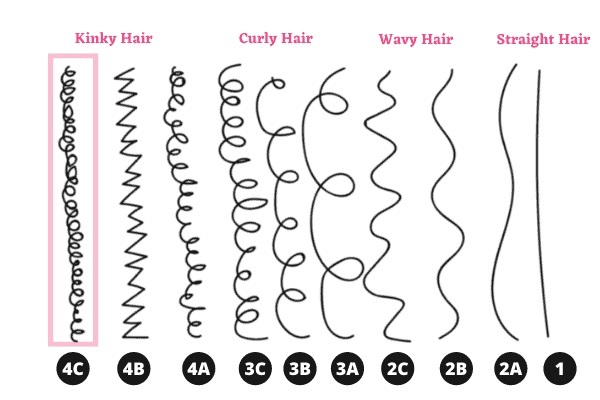
Curly Hair: Navigating the Curl Spectrum
When we talk about curly hair, we refer to hair types that have a definite, pronounced curl or coil pattern. This varies from looser, bouncy curls to tight, densely packed coils. Curly hair is characterized by its vulnerability to environmental humidity, the tendency towards dryness, and the requirement for appropriate care to maintain its health and vibrancy. Let's explore these types in greater depth:
Type 3a Hair:
This hair type is characterized by well-defined, springy, loose curls that resemble the shape of sidewalk chalk in diameter. The curls are naturally big, loose, and often very shiny with a healthy amount of body. Type 3a curls show a definite loopy 'S' pattern and can be prone to frizz and loss of definition if not adequately moisturized and cared for.
Type 3b Hair:
Type 3b hair consists of a medium amount of curl. These curls are more voluminous and tighter than 3a, resembling a marker in circumference. They can range from bouncy ringlets to tight corkscrews and tend to be more prone to frizz. Hair care for type 3b hair involves a good hydration routine to keep the curls defined and bouncy.
Type 3c Hair:
Type 3c hair, often referred to as 'corkscrew curls,' has curls that are densely packed together, creating a high volume of hair. These curls are typically the circumference of a pencil or straw. This hair type tends to be higher in density and coarser than type 2 or 3 hair, leading to an increased likelihood of tangles and moisture loss.
Type 4a Hair:
Type 4a hair is full of tight coils. It has a defined 'S' pattern when stretched, similar to curly hair. The curl pattern can be likened to the circumference of a crochet needle. Despite its apparent coarseness, type 4a hair can be very fragile and prone to dryness, making moisture retention especially crucial.
Type 4b Hair:
Type 4b hair has a less defined pattern of curls and looks more like a 'Z' as the curl bends with very sharp angles. These 'Z' shaped curls are less defined and have a cotton-like feel. The hair bends with very sharp angles and it often requires extra help for creating defined curls.
Type 4c Hair:
This subtype has similar characteristics to 4b but the curls are even more tightly coiled. Type 4c hair, often referred to as 'kinky' or 'coily,' can be very fragile and maintains the most significant amount of shrinkage of all hair types. Despite its tight coiling, with appropriate care, it can showcase an incredible amount of versatility.
Understanding each curl type's unique characteristics can guide individuals in selecting appropriate products and establishing beneficial care routines, ultimately leading to healthier and more manageable curls.
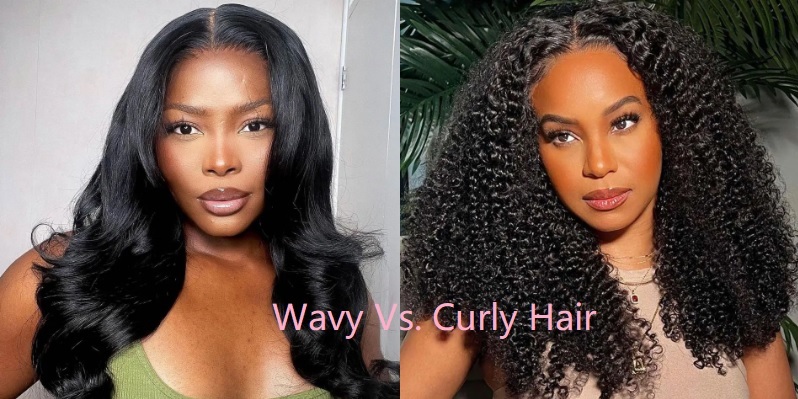
The Difference Between Wavy Hair And Curly Hair
Though wavy and curly hair might seem quite similar, there are distinct differences in their structure, appearance, and care requirements. Both present a departure from straight hair, but they occupy different positions on the hair texture spectrum. Here's a breakdown of their main characteristics and differences:
Wavy Hair (Type 2):
Wavy hair exhibits a subtle 'S' pattern, forming loose waves rather than explicit curls. The wave usually forms throughout the hair in the shape of an 'S' and sticks closer to the head. It can range from almost straight (Type 2a) to almost curly (Type 2c), with a texture and sheen ranging somewhere between straight and curly hair. Wavy hair can also be prone to frizz, particularly in humid environments.
Wavy hair types, particularly type 2a, can often struggle with a lack of volume at the roots. In terms of maintenance, wavy hair may require products that combat frizz and add volume and texture. These may include mousses, sea salt sprays, and light-hold gels.
Curly Hair (Type 3 and 4):
Curly hair, on the other hand, forms distinct loops and coils. These can range from larger, looser loops (Type 3a) to tightly coiled, zig-zag patterns (Type 4c). The texture of curly hair is more prone to dryness and frizz than wavy hair, and it often requires products that provide significant hydration and moisture.
One of the main challenges faced by those with curly hair is maintaining the definition of their curls. Curly hair often needs products that enhance and hold the curl pattern, such as curl-defining creams, deep conditioners, and oils to lock in moisture and prevent breakage.
In essence, while wavy hair exhibits a gentle 'S' shape, curly hair is defined by its loops and coils. Both hair types, while beautiful in their uniqueness, have specific care requirements to maintain their health and definition. Understanding these differences can lead to a more effective hair care routine, tailored to your hair's unique needs.
Hair Maintenance Tips: Curly & Wavy Hair
Whether your hair falls into the category of wavy or curly, it's crucial to understand that your locks require a certain level of care to maintain their health, vibrancy, and definition. Here are some general tips for maintaining curly and wavy hair, as well as some special care instructions for specific hair types:
General Tips:
- Hydrate: Curly and wavy hair types often struggle with dryness. Therefore, regular hydration is critical. Use deep conditioning masks and moisturizing hair products that are specifically designed to nourish your hair type.
- Avoid Harsh Shampoos: Sodium laureth sulfate, a common ingredient in many shampoos, can strip your hair of its natural oils, leading to dryness. Opt for sulfate-free shampoos or co-wash products to cleanse your hair without stripping it of moisture.
- Regular Trimming: To prevent split ends and keep your hair looking its best, regular trimming is essential. It's especially crucial for curlier hair types as split ends can lead to additional frizz and breakage.
- Use a Diffuser: If you need to dry your hair quickly, opt to use a diffuser with your blow dryer. This tool disperses the dryer's airflow and reduces frizz. It's also helpful for adding volume to wavy and curly hair.
Specific Care Instructions:
- For Wavy Hair: Wavy hair often needs a volume boost at the roots. Consider lightweight volumizing products, such as mousses and sprays, to provide lift without weighing hair down. Also, use a wide-toothed comb or your fingers to detangle wavy hair to maintain its structure and minimize frizz.
- For Curly Hair: Curly hair types should invest in curl-defining creams and serums that can enhance the natural curl pattern. Regular deep conditioning treatments are also crucial for curly hair types, especially those with tighter curls and coils, to combat dryness and frizz.
- For Type 4 Hair: For those with type 4 hair, consider implementing protective hairstyles that can reduce the chances of breakage and tangles. Furthermore, moisturizing hair with natural oils like coconut oil or jojoba oil can help seal in moisture and enhance the hair's overall health.
Remember, maintaining your curly or wavy hair is not about achieving perfection, but embracing and nurturing your hair's natural texture and character. It's about discovering what works best for you and your hair, leading to a personalized routine that keeps your locks at their healthiest and most vibrant.
 47%
47%
OFF Sale-
$88.63
$168.40(652) (451)
 40%
40%
OFF Sale-
$171.06
$285.67(695) (451)
 40%
40%
OFF Sale-
12A 【3PCS+13*4 Lace Frontal】Brazilian Pixie Curls Hair Unprocessed Virgin Hair With 1PC Lace Frontal$186.80
$311.96(784) (512)
 40%
40%
OFF Sale-
$167.42
$279.59(845) (657)
 40%
40%
OFF Sale-
$168.06
$280.66(874) (735)
 40%
40%
OFF Sale-
$161.83
$270.26(641) (398)
 40%
40%
OFF Sale-
$67.50
$112.72(459) (369)
 40%
40%
OFF Sale-
$80.93
$135.16(993) (650)
Conclusion:
Our hair is an integral part of our identity, and understanding its unique characteristics can empower us to take better care of it. Whether your hair is subtly wavy or tightly curled, knowing your specific hair type - and the care it requires - can unlock the door to maintaining healthier, more vibrant locks. By embracing the natural texture and beauty of our hair, we not only enhance our personal care routines but also our self-expression and confidence.
Ready to explore the versatility of curly and wavy hair? Elfin Hair offers a wide range of high-quality curly human hair and wavy human hair options that can help you express your personal style and beauty. Whether you're looking to enhance your natural hair or experiment with a new look, our diverse selection of hair textures is designed to meet your needs.
Related Posts:
10 Chic Curly Hairstyles For Black Women
8 Tricks To Get Gorgeous Curls Without Heat Or Products
Embrace the Curl: Top Curly Wig Hairstyles You Must Try
Embrace the Celebrity Style Kim K 2x6 Closure Wigs

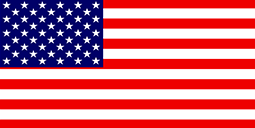 USD
USD EUR
EUR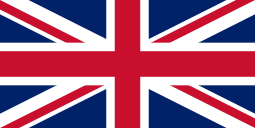 GBP
GBP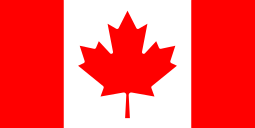 CAD
CAD AUD
AUD











